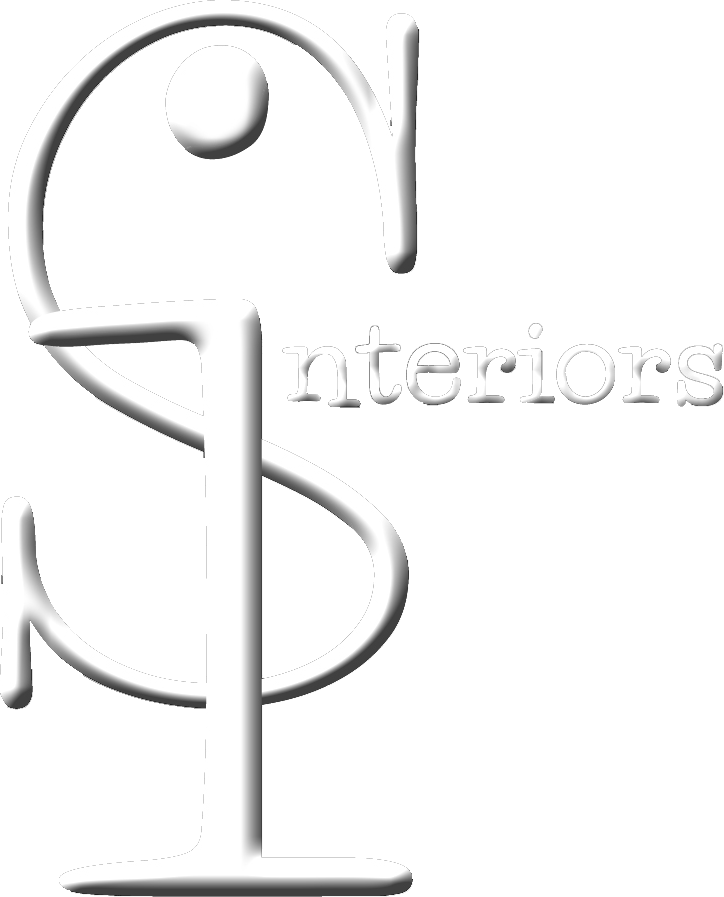Budgeting for an interior project
Budgeting for an interior design project is really hard, it’s tough to know where to begin or how to break it down. This blog covers the fundamental steps to help you navigate your budget through any project! If you would like to watch my webisode on budgeting then head over to my YouTube channel.
When I first work with a client, I initially have a discovery call to find out about my client and their project. I will always enquire about their knowledge of budgeting for an interior design project but most of my clients have no idea. This is fine because that’s my job, to guide them through the project and determine a budget that fits with them.
How to establish your budget obviously varies depending on the size of your project. Let’s start by looking at the simpler, redecoration of a space.
The Cosmetic Transformation
This is easier to start with because there isn’t going to be any structural changes so it’s less invasive.
Contractors
Unless you are planning on tackling all the decoration and labour yourself; the first area to begin with is the contractors. Even if you are just decorating, there will be a decorator, perhaps an electrician if you’re changing lights, possibly a carpenter for new floors and bespoke cabinetry. Begin by finding three contractors for each trade and obtain three written quotes. You will need to give some thought about what you’re wanting to achieve before inviting any contractors to quote for your project. For example if you are decorating, what colours? Are you painting woodwork? Are you using wallpaper? If you changing floors then order some samples ahead of their visit to discuss with them what you want to achieve. Contractors are a large percentage of your budget. It’s important to establish how much this part of your transformation will cost.

Materials
The second area to focus on is the materials and I don’t just mean the pretty fabrics you’re desperate to use around the room! Materials cover flooring, wall coverings, built-in cabinetry, hardware etc. The foundation elements of the space, which are there to stay. This is where you want to invest your budget because you do not want to be swapping out flooring or built-in furniture because the quality wasn’t right and it hasn’t lasted. Order samples, do your research and establish the budget ranges. Discuss your options with your contractors and ask their opinion, as they will have far more knowledge.

Furniture and Furnishings
Now it is the exciting furniture and furnishings, developing a budget for this can seem impossible. Unless you are an interior designer it is quite hard to decide all these components before you have even begun the space. Start with your big ticket items; for example if you are decorating your bedroom then you can start your search with the bed. There is a huge range in quality and price for each item. It will depend on how big your budget is and how long you intend to keep the piece.
Again investing in the staples of the room, ie the bed, wardrobe, window treatments is a wise choice, as you do not want to swap them out after a few years. Determining price points for the big ticket items will allow you to see where your budget is going to end up. It will provide you with enough knowledge to estimate some of the smaller additions to the space.

Renovating or Extending
Architects and Designers
If you are renovating or extending your project, your first step would be to find an architect and/or an interior designer. Ask friends for recommendations, make sure you meet at least three experts and again request written quotes from them. If you have a strict budget make sure you convey this to them at that initial meeting. You want them to be honest about what you can achieve with this budget and guide you on a design that will fit that budget.
Contractors
Once you have agreed on your architects design and the correct planning permission has been approved, it’s time to source a main contractor.
Unless you have advanced project management skills, you will need to find a main contractor who will manage all subcontractors and building materials.
Again make sure you have written, itemised quotes so you can compare them with each other.
A contingency budget is essential for big renovations and extensions, an extra 20-30% needs to be added. It doesn’t matter how prepared you are, builds throw up lots of unforeseen problems that increase your budget.

Materials
The materials required for a large project will be sizeable. You will be required to source kitchens, flooring, appliances, tiles, wall coverings, taps, sanitary ware, lighting, hardware and that’s just to start with.

Being on top of a large project is vital in terms of cost. Again determine your budget for your big ticket items early on, preferably before the build starts. Visit kitchen showrooms, order lots of samples for each area and keep a detailed spreadsheet!
Furniture and Furnishings
If your budget is tight you may need to accept that a lot of your furniture and furnishings will be acquired slowly, over time. If you have been carefully managing your project then hopefully you will find that there is still a percentage left for the fun part. Again focus on the big ticket items, there will obviously be more of them but go through each space and determine what they are and a price point you want to spend.

Budgeting is hardwork, time consuming and stressful! If you choose to work with an interior designer they will manage this for you. Yes using an interior designer is an investment but think of the time, money and stress you will save!
If you would like to chat to us about your project then please get in touch.
